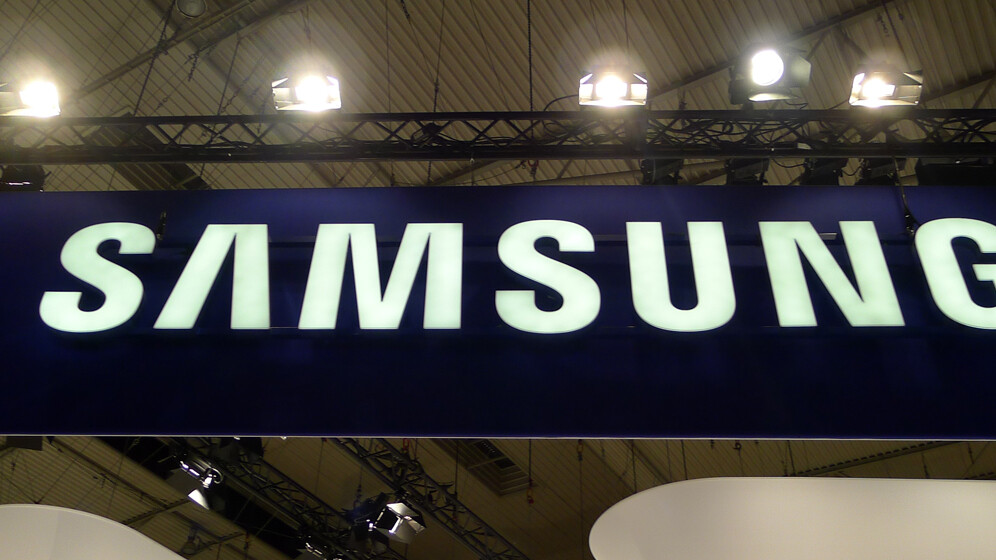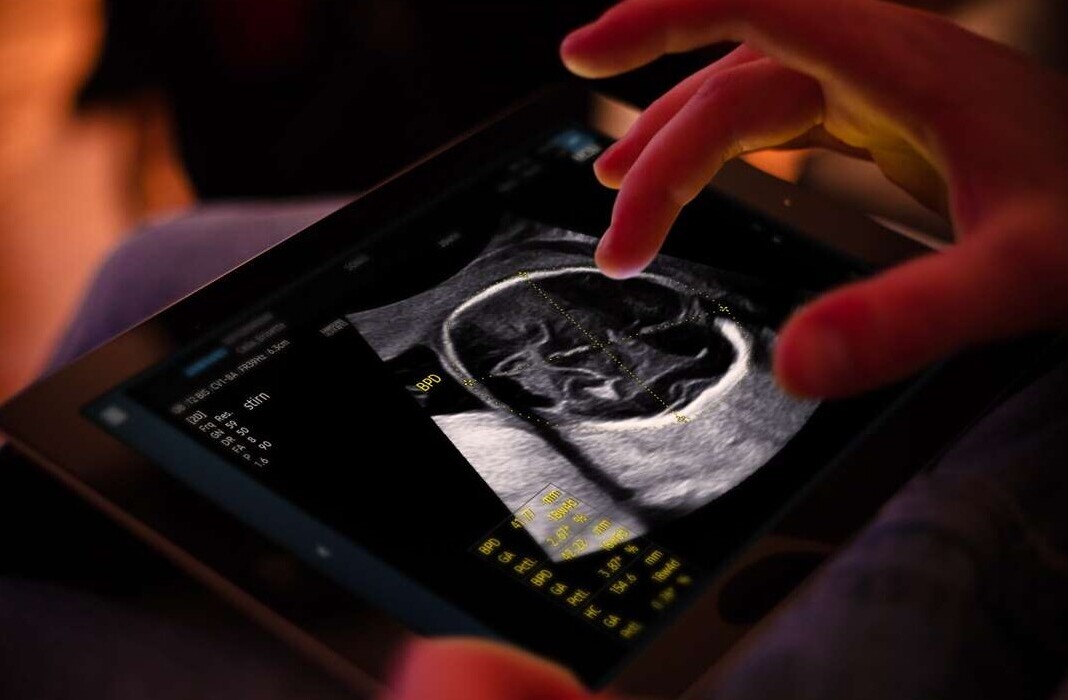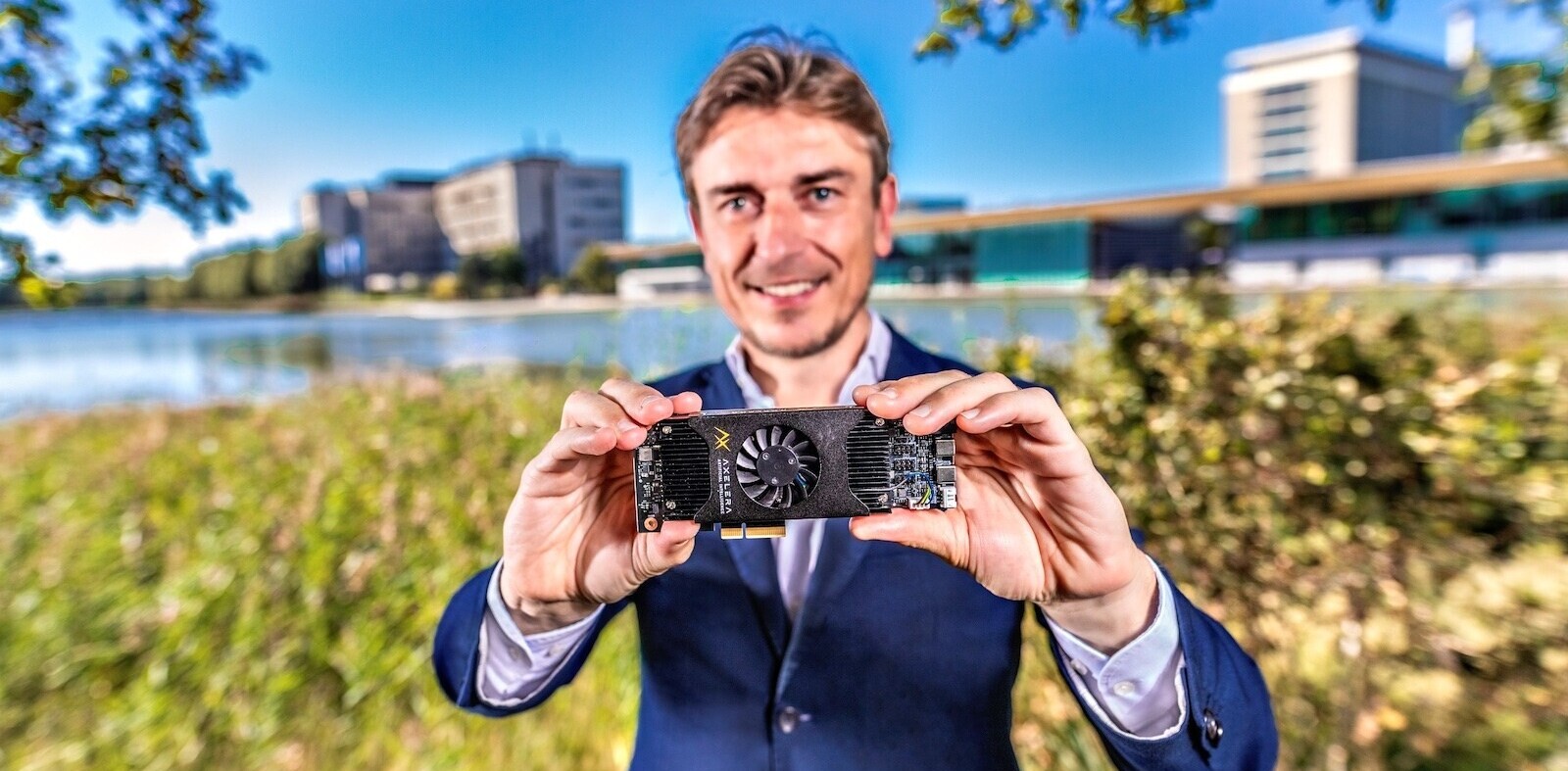
Samsung has officially apologized for a company pipeline that melted and leaked a significant amount of hydrofluoric acid gas at one of its semiconductor plants in South Korea, killing one worker and leaving another four injured.
Reported by Engadget (via Yonhap News), Samsung Electronics Vice Chairman Kwon Oh-hyun said that the company would now be revoking its application to have its semiconductor plants in Hwaseong – which includes the building where the incident occurred – certified as “green” for an additional five years.
Kwon was also cited as saying that the company would take additional steps to ensure that an incident of this nature never happened again. “We plan to overhaul the system in a bid to better make environmentally friendly workplaces,” he added.
The report by Yonhap News later says that a total of seven people – including three officials of Samsung Electronics – are being investigated on the grounds that their negligence caused the original gas leak.
Details of the incident, which occurred in January, have been reported differently by both Samsung and the press.
To begin with, Samsung issued the following statement shortly after the incident: ”A small amount of diluted hydrofluoric acid leaked early Monday morning during maintenance at one of the gas and chemical supply systems at the Hwaseong site.”
The next day, Jeon Dong Su, a co-president of Samsung Electronics, apologized to all of the families affected and revealed that an investigation, managed by a third-party, would be setup to work out what had happened.
Yonhap News reported in February, however, that up to 10 liters of hydrofluoric acid had leaked from pipes outside of the affected facility. That seems to conflict with Samsung’s original comments, and was all but confirmed in the following police report: “Hydrofluoric acid has been leaked outside of the chip plant after an analysis of CCTV footage taken inside the Central Chemical Supply System (CCSS) of the chip plant.”
Local environmental groups then said that the leak was causing an increase in the concentration of acid across a two kilometer radius around the plant.
Samsung has taken responsibility for the incident, but it remains to be seen exactly how the company will ensure this doesn’t happen again. The results of the independent investigation, once published, should also shed some light as to how this was ever allowed to happen.
Get the TNW newsletter
Get the most important tech news in your inbox each week.




